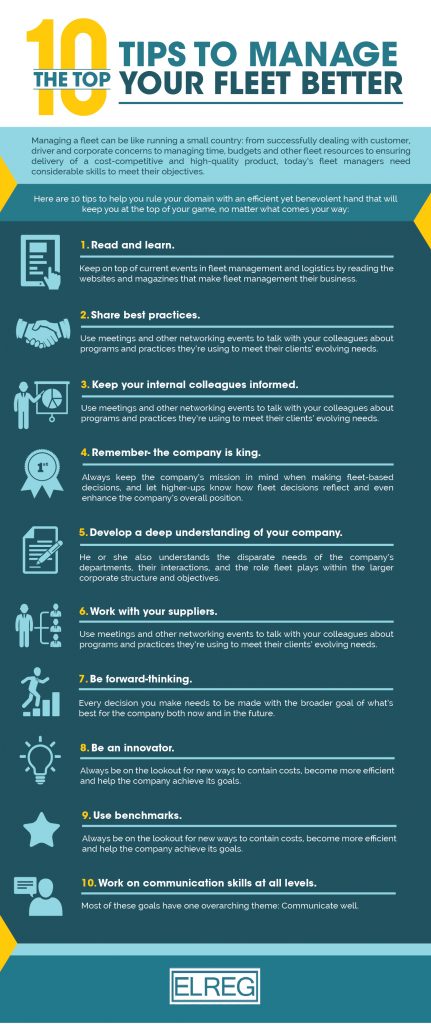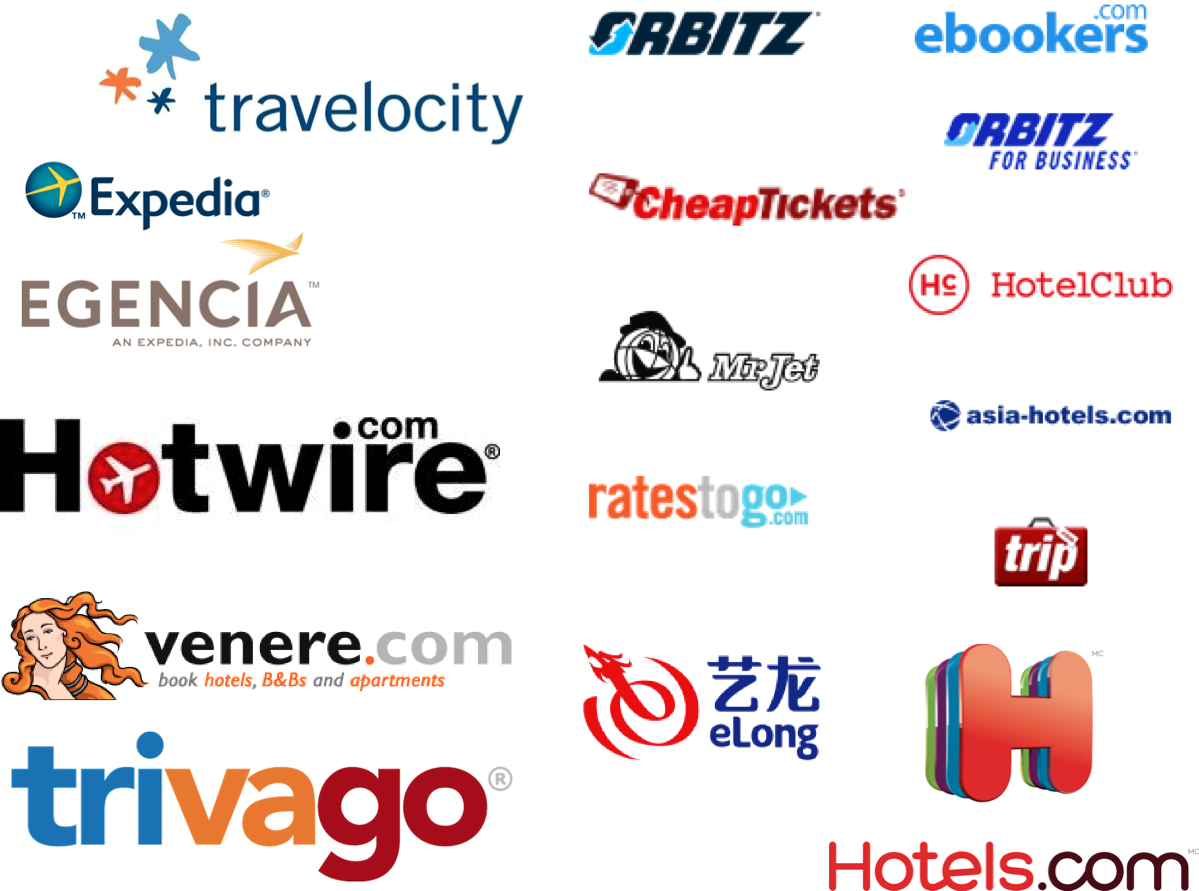Fleet Management Tips For Travel Companies
Share
In the fast-paced world of travel, effective fleet management is essential for companies aiming to provide seamless experiences for their clients. Whether you're managing a small fleet of vehicles or a large one, the principles of efficient fleet management remain the same. This article will guide you through essential tips that can enhance your fleet management strategy, ensuring that your travel company operates smoothly and efficiently.

Understanding Fleet Management
Fleet management involves overseeing a company's vehicle fleet, which can include cars, vans, buses, and other transportation means. The goal is to ensure that these vehicles are used efficiently, maintained properly, and operated safely. For travel companies, effective fleet management can lead to reduced costs, improved customer satisfaction, and enhanced operational efficiency.
Key Components of Fleet Management
-
Vehicle Acquisition: Choosing the right vehicles for your fleet is crucial. Consider factors such as fuel efficiency, passenger capacity, and maintenance costs.
-
Maintenance Scheduling: Regular maintenance is vital to keep vehicles in optimal condition. Implement a maintenance schedule to prevent breakdowns and extend the lifespan of your fleet.
-
Driver Management: Training drivers on safe driving practices and customer service can significantly impact your company's reputation and operational efficiency.
-
Route Optimization: Utilize technology to plan the most efficient routes, reducing fuel consumption and travel time.
-
Monitoring and Reporting: Implement fleet management software to track vehicle performance, fuel usage, and maintenance needs. This data can help in making informed decisions.

Tips for Effective Fleet Management
1. Invest in Fleet Management Software
Investing in fleet management software can streamline operations. This software can help track vehicle locations, monitor fuel consumption, and manage maintenance schedules. By having all this information in one place, you can make data-driven decisions that enhance efficiency.
2. Implement a Regular Maintenance Program
Establish a routine maintenance schedule for all vehicles in your fleet. Regular checks can prevent costly repairs and ensure that vehicles are always in good working condition. Consider using a checklist for inspections that includes tire pressure, oil levels, and brake functionality.
3. Train Your Drivers
Your drivers are the face of your company. Providing them with training on safe driving practices, customer service, and vehicle operation can lead to better service and fewer accidents. Consider offering incentives for safe driving to encourage responsible behavior.
4. Monitor Fuel Consumption
Fuel is one of the largest expenses for any travel company. Monitoring fuel consumption can help identify inefficiencies. Use telematics to track fuel usage and implement strategies to reduce consumption, such as route optimization and encouraging eco-friendly driving habits.

5. Utilize GPS Tracking
GPS tracking allows you to monitor your fleet in real-time. This technology can help in route optimization, ensuring that drivers take the most efficient paths. Additionally, it provides peace of mind, knowing the location of your vehicles at all times.
6. Analyze Data for Continuous Improvement
Regularly analyze data collected from your fleet management software. Look for trends in vehicle performance, fuel consumption, and maintenance needs. This analysis can help you identify areas for improvement and make informed decisions about future investments.
7. Establish Clear Policies
Create clear policies regarding vehicle use, maintenance, and driver behavior. Ensure that all employees understand these policies and the importance of adhering to them. This clarity can help prevent misunderstandings and promote accountability.
8. Consider Eco-Friendly Options
As sustainability becomes increasingly important, consider incorporating eco-friendly vehicles into your fleet. Electric or hybrid vehicles can reduce your carbon footprint and appeal to environmentally conscious travelers.
9. Plan for Seasonal Demand
Travel companies often experience seasonal fluctuations in demand. Plan your fleet management strategy accordingly. During peak seasons, ensure you have enough vehicles to meet demand, and during off-peak times, consider reducing your fleet size to save on costs.
10. Engage with Customers
Customer feedback can provide valuable insights into your fleet's performance. Encourage customers to share their experiences and use this feedback to make improvements. Engaging with your customers can also enhance their overall experience with your travel company.
Conclusion
Effective fleet management is a cornerstone of success for travel companies. By implementing these tips, you can enhance your operations, reduce costs, and improve customer satisfaction. Remember, the goal is to provide a seamless travel experience while maintaining efficiency and safety. As you continue to refine your fleet management strategy, keep your customers at the forefront of your decisions, ensuring that their needs are met and exceeded.
For more information on optimizing your travel operations, consider booking your next trip or finding transportation solutions through the following links:
By focusing on these strategies, your travel company can thrive in a competitive market, providing unforgettable experiences for your clients while maintaining a well-managed fleet.



